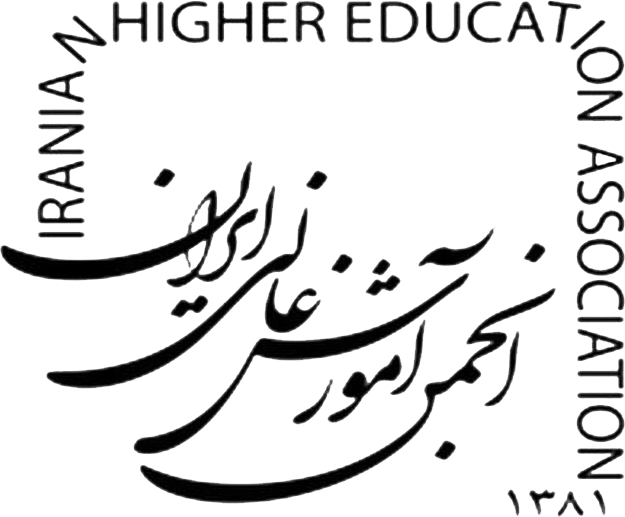Maedeh Shabani, Sajjad Rezaei, Ali Poursafar, Iraj Shakerinia,
Volume 15, Issue 2 (2-2024)
Abstract
Purpose: University as an institution emerging from the heart of society and academics as its thinkers, have a key role in social developments. However, in universities, there are factors that have distanced the university from achieving its main goal and led to the occurrence of destructive psychological phenomena such as organizational bullying. For this purpose, the present study was conducted with the aim of answering the question of what are the experiences of young assistant professors about organizational bullying in the university and what factors lead to its formation in the university environment.
Methodology: The current research is of qualitative type and was done with interpretive phenomenology method. The research community consists of all the young assistant professors who are members of the faculty of Gilan University in 1401. Sampling of the current research was done with a purposeful and snowball method. After interviewing 16 men and 8 women, theoretical saturation was reached. The tool of this research was a semi-structured interview and the data was analyzed using Moustakas' multi-step method.
Findings: From the data analysis, 5 main themes related to the lived experience of young assistant professors from organizational bullying including being ignored, deprivation of facilities, rudeness, threats and imposition of double duties were obtained. Also, 5 main themes related to organizational bullying factors including individual factors and organizational factors were obtained. The main theme related to individual factors includes the personality characteristics of organizational bullies and the themes related to organizational factors include the weakness of the administrative system, organizational discrimination, distortion of laws and regulations, and inefficient management.
Conclusion: The results showed that many young assistant professors in their early years of service have experienced a type of vertical bullying from the top down, which usually includes being threatened, deprivation of research and administrative facilities and exploitation. Also, the lack of transparency in some laws and regulations, the weakness of the administrative system in the university and the discrimination in providing services and facilities to some professors have been the main reasons for the formation of bullying in the university.
Sepideh Hassani, Hamid Farhadi Rad, Dr ُseyed Esmaeil Hashemi Sheykhshabani,
Volume 16, Issue 1 (5-2024)
Abstract
Objective: The faculty members develop their academic identity through scientific work and living in the university environment. The engagement of professors in diverse responsibilities can lead to confusion and tension regarding their academic identity. This study aimed to investigate the impact of task diversity on the identity tension of faculty members at public universities in Iran.
Method: The research employed a multi-methods approach, consisting of quantitative and qualitative sections. The statistical population included all faculties of public universities in Iran, with 373 participants from 45 universities selected through stratified random sampling for the quantitative segment. In the qualitative part, in-depth interviews were conducted with 12 faculty members and university administrators whom identified through purposive sampling.
Results: The findings indicate that faculty members believe that it is essential to undertake various responsibilities to better fulfill their academic mission. The results show that, in general, the identity tension of faculty members at public universities in Iran is above average. Based on the results derived from regression analysis, the component of professional research has a stronger predictive power regarding academic identity tension, followed by the components of social activism and exclusive income sources. Additionally, the impact of lifelong learning and excellence in teaching on identity tension was found to be insignificant. The results also indicate that faculty members tend to retain their positions and show no inclination to leave their university, with the reasons for their desire to stay. These reasons could be categorized into two groups: optimistic and concerning factors.
Conclusion: Academic identity is a crucial aspect of the university system. It is essential to create an environment that nurtures academic identity and prevents it from being compromised by various responsibilities, involvement of non-academic individuals, or any other factors that may cause identity tension.

